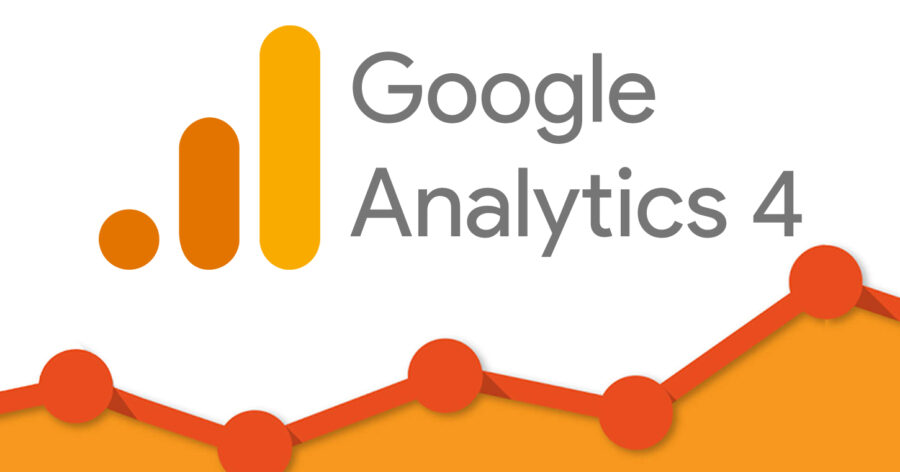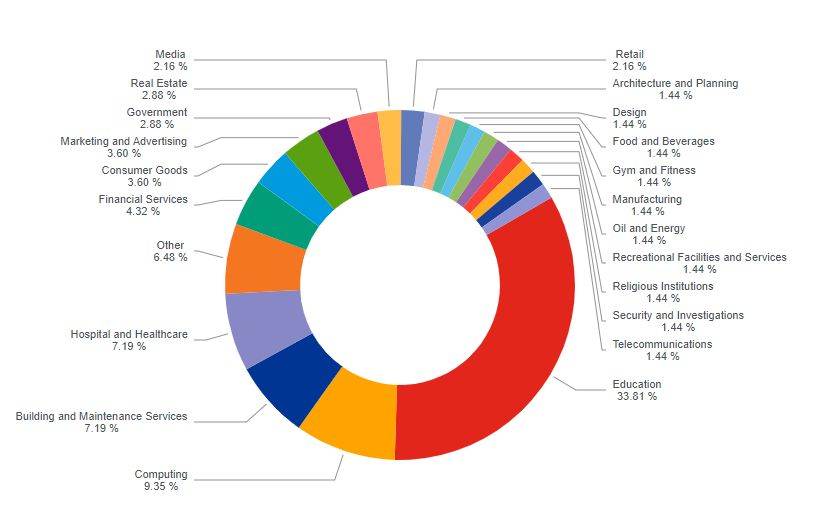What Are The Different Types of Intent Data?

Intent Data
Introduction
When I was new to the world of user experience and product management, I had no idea what “intent data” was. In fact, for a long time, it seemed like an esoteric topic that only people with PhDs in computer science could understand.
However, now that we are all knee-deep in AI and machine learning, intent data has become more important than ever before. Why? Because your business can’t improve without knowing your users’ intentions!
So what exactly is intent data? Let’s dive into the deep end of this pool together!
1st party intent data refers to data that is collected from the user’s interaction with your product or service.
This type of intent data is the easiest to collect and can be obtained by using a variety of methods, such as:
- Surveys
- User clicks in an application (e.g., when they click on an ad)
- Data from a CRM system (e.g., if someone enters their email address into your contact form)
- Website visits
2nd party intent data refers to data that is received from a third-party provider that you have integrated with.
The data can be collected from an API call or SDK integration, but it isn’t directly collected from your product or service.
For example, if you are integrating with Facebook Ads Manager (a 2nd party), then any information that comes back from Facebook about the ad clicks will be considered 2nd party intent data.
2nd-party refers to other sources outside of your business (e.g., partners), such as:
- Social media networks like Facebook and Twitter that share their user data with advertisers who pay them money to access it through advertising networks like Google Ads or Facebook Audience Network
- Local Government Intent Data – Meeting Minutes
3rd party intent data refers to data that is received from an unconnected third-party provider via an API call or SDK integration.
This can be a variety of sources, including social media platforms, app stores and ecommerce websites. 3rd party intent data can be used to supplement 1st and 2nd party intent data in order to provide a more complete picture of user intentions across all channels where people are expressing them (for example: shopping on Amazon).
If you want better insights into what your users are doing and why they’re doing it, you’ll need high quality intent data.
To get that information, you’ll need to either collect it yourself or partner with another company that collects it for their own purposes. Then, once you have this information in hand–or at least on its way–you can start looking at the differences between first party and second party intent data as well as third party intent data (which is often used by companies like ours).
Conclusion
This article has explored the differences between 1st party, 2nd party and 3rd party intent data. We hope it has helped you to understand the importance of collecting high quality intent data for your app or website.
To learn more about why Bay MarketForce could be the growth engine you’re looking for, please feel free to Contact Us or Book an Introduction Meeting.







